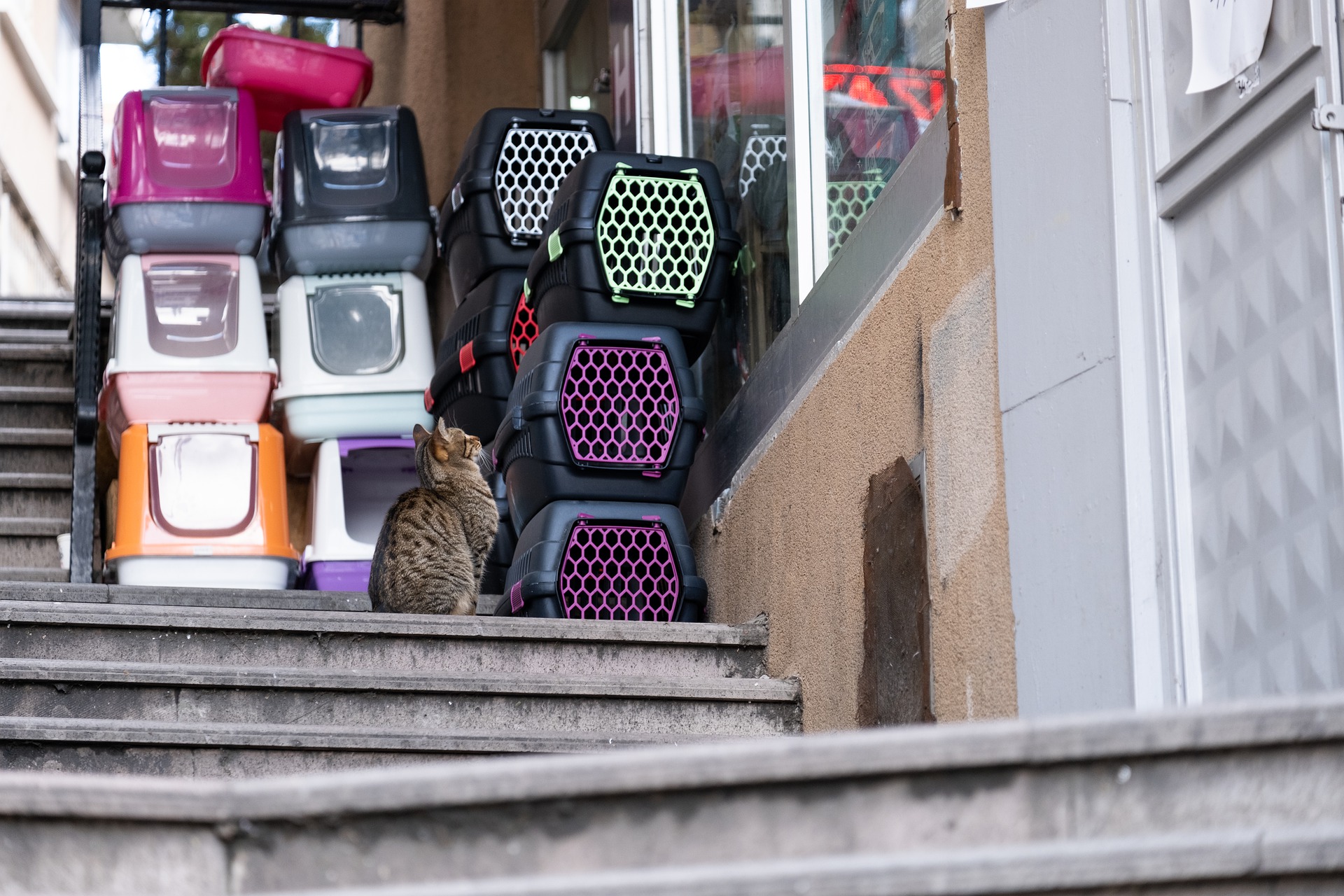Coordinating with carriers: booking, paperwork, and in-transit care protocols
Coordinating a pet’s move requires clear steps: booking with a carrier, securing the right documentation, confirming health requirements, and arranging in-transit care. This overview outlines practical actions to prepare animals for travel or relocation while minimizing delays and stress.

Moving a pet for travel or relocation involves more than a seat reservation or a crate purchase. Owners should plan scheduling, documentation, and in-transit care well in advance, accounting for veterinary checks, microchip and vaccination records, and any certification required by the receiving jurisdiction. Advance coordination with the carrier and local authorities reduces the risk of last-minute refusals, quarantine, or export/import complications and helps ensure the animal’s acclimation and welfare throughout the journey.
This article is for informational purposes only and should not be considered medical advice. Please consult a qualified healthcare professional for personalized guidance and treatment.
What travel and relocation steps should you plan?
Start planning early: research the carrier’s pet policies, decide whether the animal will travel in-cabin or as manifest cargo, and confirm timelines for booking. Consider acclimation training so the pet is comfortable with a crate and short confinement periods. If relocation involves international borders, identify any transit countries and check whether layovers require extra paperwork or temporary clearance. Book flights that minimize connection times and avoid extreme temperatures, and coordinate arrival windows with local services in your area to streamline pickup and onward travel.
How does microchip, vaccination, and certification fit into documentation?
Microchip identification is commonly required for import/export and proves ownership; check whether the microchip standard matches the destination’s scanner requirements. Vaccination records, especially for rabies, must often be recent and accompanied by dated certificates signed by a licensed veterinarian. Many destinations require additional certificates—health, export, or government-issued clearances—and some require lab testing before travel. Maintain a complete, organized packet of documentation in both paper and digital formats, including certificate numbers, veterinarian contact details, and dates to present to airline and customs officials.
What crate and in-transit care protocols do carriers require?
Carriers typically specify crate dimensions, construction standards, ventilation, and security features. Soft-sided carriers may be allowed for small pets in-cabin, while rigid kennels conforming to IATA guidelines are usually required for cargo. Label crates with contact information and instructions for handling, and include familiar bedding and a water source if allowed. Discuss in-transit care with the carrier: temperature-controlled storage, monitoring, and handling procedures vary. Avoid sedatives unless expressly approved by a veterinarian and the airline, and prepare a feeding and exercise plan for pre- and post-flight periods to reduce stress.
How do customs, import, and export rules affect scheduling?
Customs clearance and import/export inspections can add time and complexity. Some countries mandate quarantine on arrival unless paperwork meets specific criteria, and others require government endorsement of veterinary certificates. Confirm whether the destination requires an import permit and whether export endorsements from your local authorities are necessary. Schedule veterinary appointments, lab tests, and endorsements with enough lead time to account for processing and possible re-tests. Build buffer days into the relocation timeline to accommodate inspections, unexpected paperwork queries, or shipment delays.
When should you involve a veterinary professional?
Engage your veterinarian early to handle microchipping, vaccinations, health checks, and certification. A veterinarian can advise on acclimation strategies, nutritional adjustments, and safe handling of stress or motion sickness. If quarantine is a possibility at the destination, ask about preventative care and whether specific tests or treatments are required pre-departure. Keep a clear medical summary for the carrier and customs officials, and ensure any required laboratory results or treatment records are properly signed and dated by the veterinary clinic.
How to coordinate with the airline or carrier about documentation and carrier procedures?
Contact the airline or pet carrier directly to confirm booking requirements, acceptable crate types, and documentation checklists. Provide copies of microchip details, vaccination certificates, and any import/export paperwork in advance so carrier staff can flag issues. Ask about handling procedures during transfers and whether staff monitor animals in cargo. Request written confirmation of any special arrangements for in-transit care and pick-up procedures at arrival. Maintain open lines with the carrier’s customer support and the receiving party in your area to manage timing and any contingencies.
Coordinating pet travel and relocation takes a structured approach: plan timelines, secure comprehensive documentation, confirm crate and carrier requirements, and involve veterinary and customs resources early. Clear communication with the airline or carrier and careful attention to microchip, vaccination, and certification details help minimize delays and support the animal’s welfare from departure through arrival. Proper preparation also improves acclimation and reduces the likelihood of quarantine or administrative setbacks.





